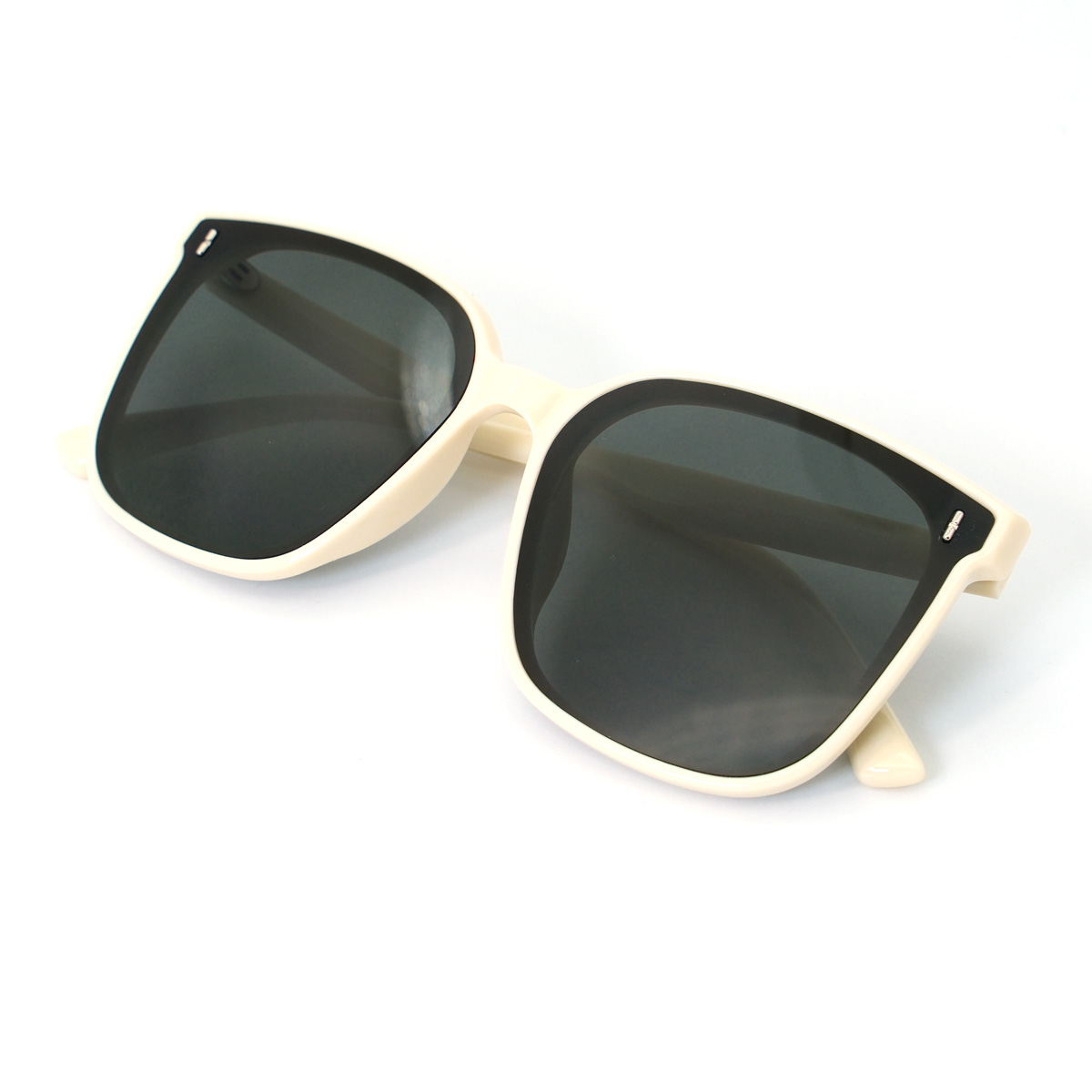The difference between polarized sunglasses and gradient polarized sunglasses?
Sunglasses are essential accessories for protecting our eyes from sunlight during outdoor activities. Polarized sunglasses and gradient polarized sunglasses are two common types of sunglasses. This article aims to explore the differences between polarized sunglasses and gradient polarized sunglasses, including lens characteristics, usage scenarios, and functionalities.
Introduction:
Sunglasses are not only fashion accessories but also serve an important purpose in protecting our eyes from harmful UV rays and glare. Polarized sunglasses and gradient polarized sunglasses are popular choices among individuals seeking optimal eye protection. While they both offer benefits in reducing glare, they differ in terms of lens characteristics and design. Understanding the differences between these two types of sunglasses will help consumers make informed decisions when purchasing eyewear.
1. Lens Characteristics:
Polarized Sunglasses:
Polarized sunglasses are designed with a special lens coating that helps eliminate glare caused by light reflected off flat surfaces, such as water, glass, or snow. The lenses contain a vertical polarizing filter that blocks horizontally polarized light waves, reducing eye strain and enhancing visual clarity. Polarized lenses effectively reduce glare and provide true color perception.

Gradient Polarized Sunglasses:
Gradient polarized sunglasses feature lenses that are tinted gradually from top to bottom. The upper portion of the lens is darker, providing protection against bright overhead sunlight, while the lower portion is lighter, allowing more light transmission. The gradient design offers a stylish look and allows for a seamless transition between different lighting conditions.
2. Usage Scenarios:
Polarized Sunglasses:
Polarized sunglasses are highly recommended for activities that involve intense glare, such as water sports, fishing, skiing, and driving. They are particularly useful in reducing glare from horizontal surfaces, improving visibility, and enhancing contrast. Polarized sunglasses are also beneficial for individuals with light sensitivity or certain eye conditions.
Gradient Polarized Sunglasses:
Gradient polarized sunglasses are versatile and suitable for various outdoor activities. The gradient design allows for comfortable vision in different lighting conditions. The darker upper portion provides protection against bright sunlight, while the lighter lower portion allows for enhanced visibility of objects near the face. Gradient polarized sunglasses are often preferred for fashion-forward individuals seeking both style and sun protection.
3. Functionalities:
Polarized Sunglasses:
The primary function of polarized sunglasses is to reduce glare and protect the eyes from harmful UV rays. By eliminating horizontal glare, polarized lenses enhance visual clarity and reduce eye strain. They also provide better depth perception and improve contrast, making them ideal for outdoor enthusiasts and individuals with specific visual needs.
Gradient Polarized Sunglasses:
Gradient polarized sunglasses offer a combination of style and sun protection. The gradient design allows for a smooth transition between different lighting conditions, making them suitable for both indoor and outdoor use. They provide adequate protection against overhead sunlight while maintaining clear visibility of objects in the lower field of vision.
Conclusion:
In conclusion, polarized sunglasses and gradient polarized sunglasses have distinct characteristics and are suitable for different purposes. Polarized sunglasses excel in reducing glare and enhancing visual clarity, making them ideal for activities with intense glare. On the other hand, gradient polarized sunglasses offer a stylish design and a smooth transition between different lighting conditions. They provide protection against overhead sunlight while maintaining visibility in the lower portion of the lens. Whether you prioritize functionality or fashion, understanding the differences between these two types of sunglasses will help you make an informed choice and ensure optimal eye protection.
